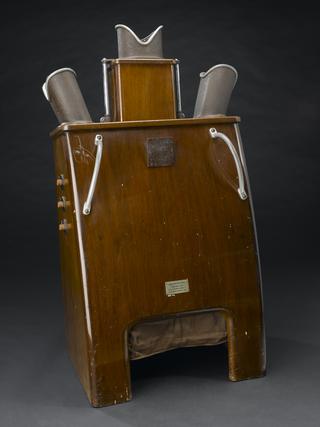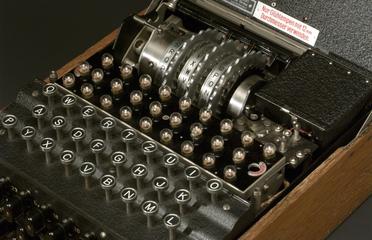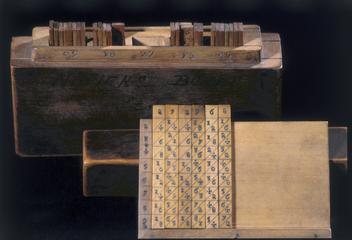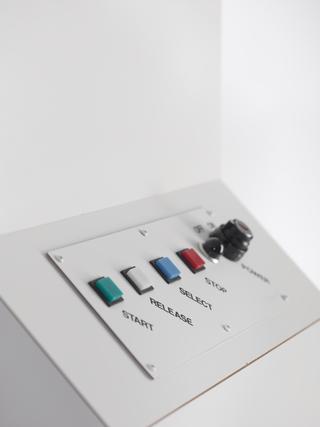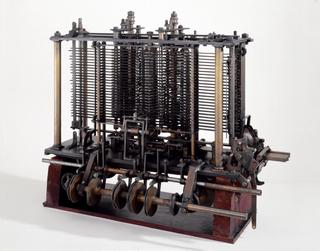
William Thomson's Tide Predicting Machine, 1872






Tide-predicting machine designed by William Thomson (later Lord Kelvin), built by A. Légé & Co., 20 Cross Street, Hatton Gardens, London, 1872. The machine is a mechanical analogue computer which traces the tidal curve for a given location, by combining ten astronomical components. It is the first working machine of Thomson’s design, based on his application of harmonic analysis to tidal phenomena.
Knowledge of the tides is valuable not only for navigators, but also engineers building coastal structures, and fishermen working in shallow waters. Since tides are affected by many astronomical cycles with differing periods, predicting them is mathematically complex. William Thomson had applied the technique of harmonic analysis to tides and, in conjunction with the instrument-maker Alexander Légé, designed this mechanical computer to predict the tide curves for any given location.
Each of the ten components has a shaft with an overhead crank which carries a pulley pivoted on a parallel axis adjustable for the range applying to that place. The shafts are geared together so that their periods are broadly proportional to the periods of the tidal constituents. On each shaft the crank can be turned and clamped in any position corresponding to the epoch of tide required. The machine was able to draw the tidal curves of one harbour for one year in about four hours.
Look closer
William Thompson Tide MachineDetails
- Category:
- Geophysics
- Object Number:
- 1876-1129
- Materials:
- iron, steel (metal), brass (copper, zinc alloy), paper (fibre product), wood (unidentified), cord, catgut and silver plated
- Measurements:
-
Overall: 1820 mm x 1000 mm x 770 mm, 86 kg
- type:
- tide predictor
- credit:
- British Association for the Advancement of Science (per Lord Kelvin)
